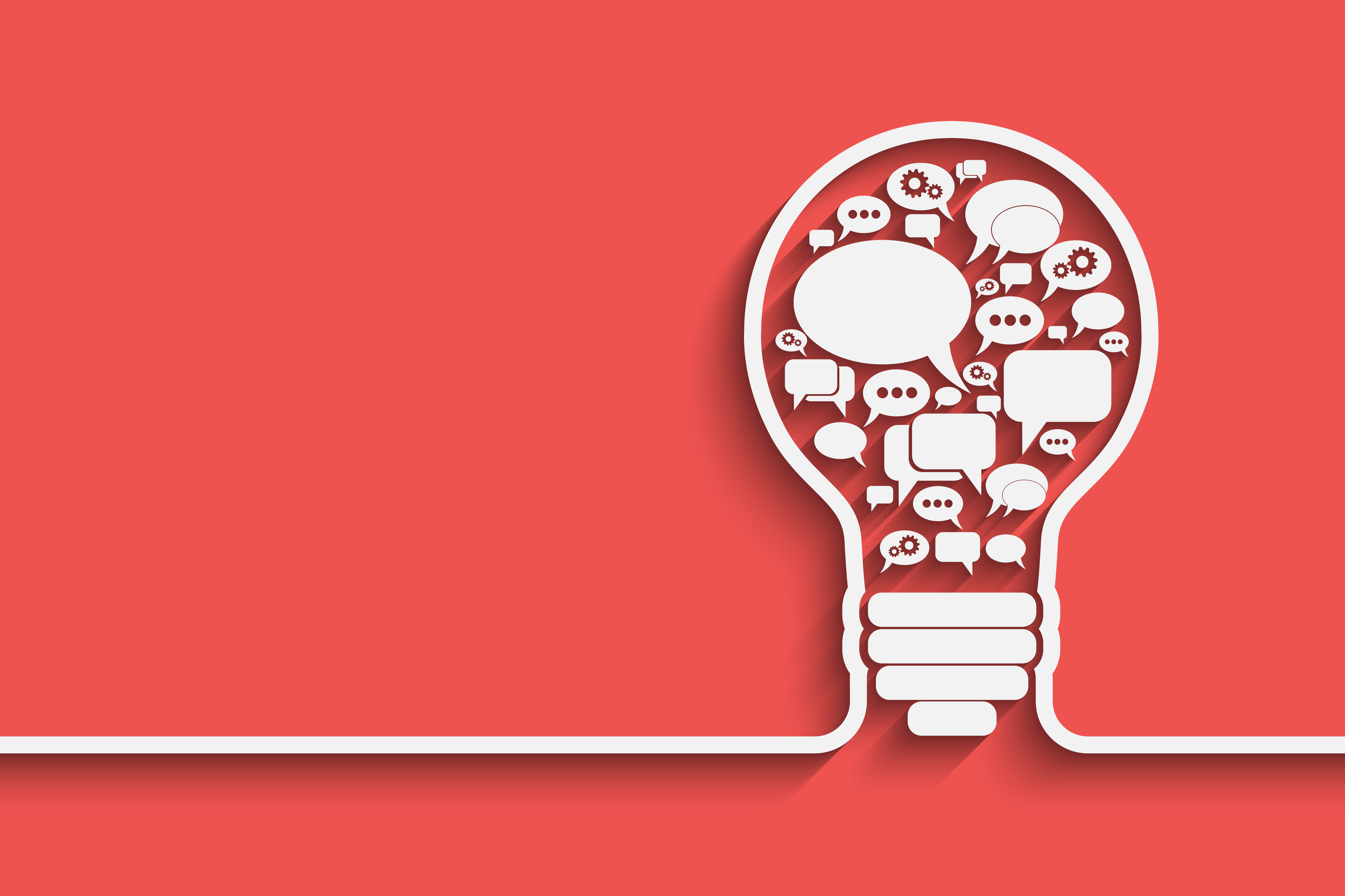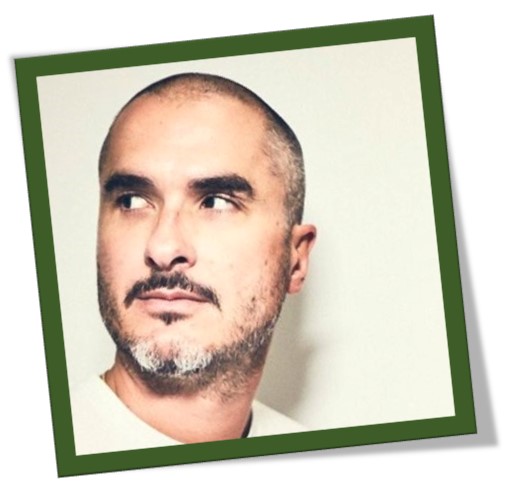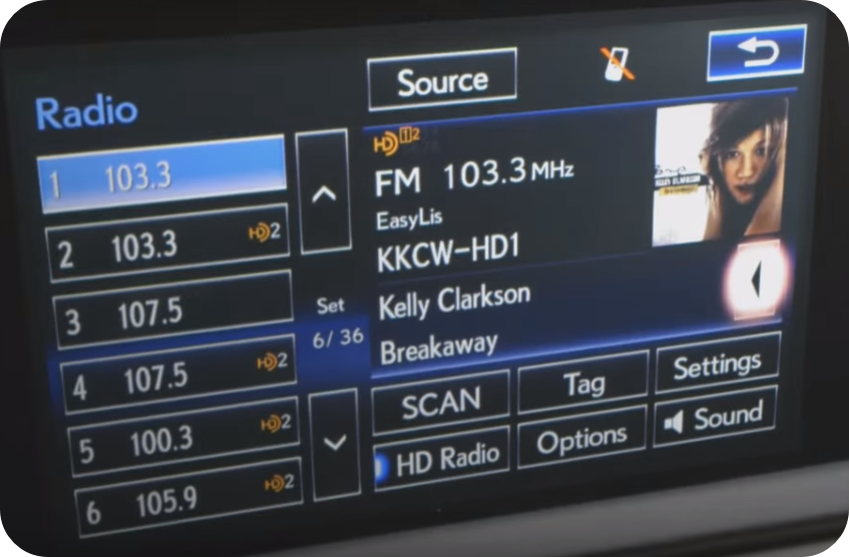
The role of a consultant has changed a great deal in the more than 30 years Jacobs Media has been around. At the beginning, we were focused on one thing: how better programming could lead to higher ratings.
But over these past few decades, everything’s changed – not just for us, but for the broadcasters we serve. I learned that without smart revenue strategies, all the diaries and meters in the world don’t mean much. I learned that programmers are really brand managers, responsible for not just the air sound, but their station’s digital, social, and mobile presence. And as a result, we’ve had to adapt and reinvent our strategies to meet the changing demands of the radio business.
But one thing hasn’t changed – our clients depend on us to bring them great ideas. Even with the best search engines, most people in radio are tethered to their local markets. Between our travels and our contacts in and out of radio, we’ve learned how to recognize a great concept, and then figure out a way to tweak it, morph it, and adapt it to make it even better. As a client reminded me a number of years ago, “We pay you to steal great ideas.”
I’d like to think that along the way, we actually invented a few things ourselves. But the point was not lost on me. We can learn from the successes of others – in the commercial and public radio sectors, as well as from industries that are outside the broadcasting boundary lines . And if we’re smart, we can improve on ideas and concepts so they are even better fit a station’s brand.

When it comes to radio, that’s essentially how new digital companies, platforms, and brands are carving out their own strategic focus. An article last month in The Guardian called “The Reinvention Of Radio: How Spotify, Beats 1, Red Bull Changed The Airwaves,” provided numerous examples of how media newcomers are blazing new paths, often based on radio’s historic success.
Written by Eamonn Forde, it’s a revealing inside look at how these three audio entertainment brands are systematically stealing key pages from the radio playbook to make their services successful, both in terms of audience and revenue.
A prime example is Spotify which has launched a “curated” show (that means there’s a DJ or host) called “AM/PM.” They’re calling on artists who use storytelling to guide listeners through morning and evening playlists. Sound familiar? The concept of employing talent might not have made much sense in the Spotify situation room a few years ago, but it’s becoming part of the programming arsenal today.
As Rob Fitzpatrick of Spotify’s Original Content team tells Forde, “I am looking for ways to make interesting, original content. Putting people together with music and telling stories around that. It’s a hosted show.” And then Fitzpatrick points out what we all know – that idea is as old as Murray the K, the iconic New York radio DJ from the 1960’s often known as “The Fifth Beatle.”
As the pure-plays have learned, playlists alone are not a panacea. And that’s, of course, where a trusted DJ, host, or artist enters the frame. Forde refers to it as “a focus on the personal to deliver the contextual.” The need for that human voice is becoming as important to streaming pure-plays as it’s been to radio all these decades. Forde writes about how these streaming brands “are taking some of the tricks and expertise of radio and applying them in new contexts.”
So here’s the question: “Is streaming the new radio?” And to that Forde strongly suggests that while appropriating a concept, gadget, or concept from broadcasters can enhance the streaming platform, its future is dependent on reinvention that goes well beyond what AM and FM radio have been successfully doing all these years.
True that, but as Beat 1’s Zane Lowe pointed out when Apple first launched the service:
“Part of the last three months has been desperately trying to come up with a new word that’s not radio. We couldn’t do it.”
That’s because while pure-plays are trying to walk that line between the need for new but the obvious concession to tradition, it’s hard to come up with innovations that aren’t derivative of what radio invented back in the days of Bill Drake, Todd Storz, Gordon McLendon, and all those progressive rock jocks who broke ground on early FM stations like WABX, KSAN, and WNEW-FM.

But so much for Red Bull, Beats 1, and the other radio wannabes. The flip side of this scrambling to reinvent radio in the digital ecosphere is devising ways in which broadcasters can learn from what the pure-plays and satellite radio have accomplished – and steal the best of their ideas.
Too often, radio programmers are so myopically focused on the fall book or cranking out tomorrow’s log, they are often blind to the ways in which music, entertainment, and information consumption has changed.
Back when radio was the only game in town, stations could earn the honor of breaking new music and being a discovery source. When there were just newspapers, radio news had the ability to use the combination of immediacy and nimbleness to break news and to quickly be on location.
Technology has changed all that. Many fans are aware of new songs from fan sites and forums, long before many stations first play them. And how often does radio truly break news in an environment where smartphone notifications and social media activity are almost always ahead of the top-of-the-hour newscast?
That’s precisely why stealing ideas from digital strategists, programmers, and publishers can enhance radio’s content, and in the process, its brands.
Understanding the value in rebroadcasting great programs – on the air or online – is just one of the ways that digital media have broken ground.
Using podcasts as a way of repurposing great content, stretching brand identities, and providing personalities with an exciting out-of-format outlet is a fabulous way of using the technology to expand radio’s reach and strength.
Acknowledging how consumers use playlists and mood to feed their musical appetites can translate into on-air strategies, often by simply adopting new language and presentation.
Thinking about how metadata and album art can enhance the in-car listening experience in ways that radio can keep up in the dashboard race  is key to maintaining parity in cars.
is key to maintaining parity in cars.
Picking off cool features and special programs on pure-plays or satellite radio are easy ways to keep a radio station sounding fresh. And just like how an established station has a cume and awareness edge over a new sign-on, radio’s audience is larger than any digital or satellite channel. It doesn’t matter who started it, as long as it’s a good idea worth stealing.
And finally, strategizing about how digital applications can enhance radio’s most unique strength – being local – is just good business. No matter how media and technology evolves over the next few years, no new innovation has found a way to capture radio’s hometown presence and grassroots knowledge.
When clients congratulate us on stealing another good idea for them, I never feel the least bit guilty.
It’s what I do. You should, too.
Thanks to another of radio’s great thieves, Steve Goldstein.
- What To Do If Your Radio Station Goes Through A Midlife Crisis - April 25, 2025
- A 2020 Lesson?It Could All Be Gone In A Flash - April 24, 2025
- How AI Can Give Radio Personalities More…PERSONALITY - April 23, 2025




This is another great post. Thank you! I often think about how can we create on-demand playlists, curated like those that the pure play companies are now doing. Obviously, we can do them on Spotify. Is that the best thing to do? Or is there a better way to retain and extend our brand. Thoughts?
I appreciate the kind words, Chris. I think it’s more about thinking in terms of playlists. Where you post them – on Spotify or on station website – is less important. It’s knowing your stations/personalities are speaking the language of your listeners.
How do we keep them thinking about supporting us when they get our playlist on a service they may be paying for?
Otherwise, I do agree. Thus…
https://open.spotify.com/user/exit977chris/playlist/4VK5ScmsSEEGdZtYlC8EJK
It just strikes me that if I cannot brand and point the listener to support WEXT on Spotify, does it remind them how important their support is?
Again, I appreciate your great help in thinking this through. Great stuff!
If they’re on Spotify, they’re on Spotify. You can still publish playslists on your website.